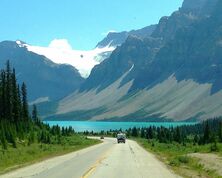
Departures: 8th Sept 2026, 7th Sept 2027
from £6,449 pp.
Book your holiday today:
Within GB: 01580 214 089 • International: +44 (0)1580 214 089
There's something magical about the Northern Lights, or Aurora Borealis. This natural light display has captivated observers for centuries with its ethereal hues dancing across the night sky. And what better way to experience this celestial spectacle than across vast, beautiful landscapes on a Canadian motorhome holiday?
The Northern Lights are a result of collisions between electrically charged particles from the sun that enter the Earth's atmosphere. The lights are seen above the magnetic poles of the northern and southern hemispheres. They are known as 'Aurora Borealis in the north and 'Aurora Australis' in the south.
Sorry, this YouTube video cannot be displayed.
The following consent is required:
Tracking & performance, Targeting & advertising.
The displays appear in many forms, from patches or scattered clouds of light to streamers, arcs, rippling curtains or shooting rays that light up the sky with an eerie glow. The lights appear in various colours, although pale green and pink are the most common.
The Jasper National Park, a key highlight of several of our holidays, is a haven for wildlife and nature enthusiasts, and a paradise for stargazers. The park is designated as a Dark Sky Preserve by the Royal Astronomical Society of Canada, making it one of the largest accessible dark sky preserves in the world.
A Dark Sky Preserve (different from an International Dark Sky Reserve) is an area where measures are taken to reduce artificial light pollution and where the night sky can be observed in its natural state. This makes Jasper National Park an ideal location for viewing the Northern Lights and other celestial phenomena.
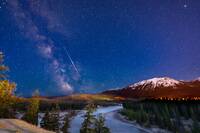
The park offers a range of activities and experiences for astronomy enthusiasts. From October 14 to 23, the park hosts the annual Jasper Dark Sky Festival, attracting both amateur stargazers and professional astronomers. The festival includes a variety of events, from planetarium experiences to photography workshops, all aimed at celebrating the park's dark sky preserve status.
Even outside of the festival, the park offers year-round stargazing opportunities. The lack of light pollution allows for clear views of constellations, shooting stars, the Milky Way, and the Aurora Borealis. The park even provides a monthly star chart to help visitors identify constellations and planets.
Canada, with its expansive wilderness and dark skies, is one of the best places in the world to view the Northern Lights. Here are some of the top locations to witness this natural wonder during one of our motorhome holidays:

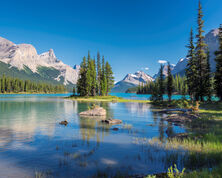
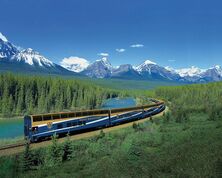
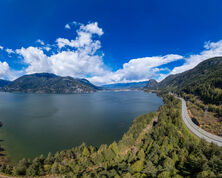
The visibility of the Northern Lights depends on several factors, including solar activity, weather conditions, and time of year. The best time to see the Northern Lights in Canada is typically during winter when the nights are longest. However, sightings can occur at any time of year, and some of the most spectacular displays have been reported in the spring and fall (autumn).
Capturing the ethereal beauty of the Aurora Borealis requires a combination of the right equipment, settings, and a bit of luck. Different professional photographers will tell you difference tips and tricks. EXPOSED Wildlife Conservancy, a Canadian-based nonprofit environmental organisation dedicated to creating visual content to inform, educate and enable change, has put together this handy video:
Sorry, this YouTube video cannot be displayed.
The following consent is required:
Tracking & performance, Targeting & advertising.
Capture the Atlas, a trusted resource for astrophotography also gives some great top tips:
A sturdy tripod is essential for long-exposure photography. It will keep your camera steady, preventing blurry images. Consider a compact but robust model like the K&F Concept 64 inch/163cm Camera Tripod available on Amazon.
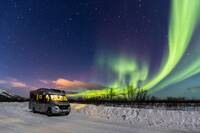
A motorhome adventure in Canada offers more than just the chance to see the Northern Lights. It's a journey of discovery through stunning landscapes, vibrant cities, and rich cultural heritage. Whether you're exploring the majestic Rocky Mountains, the serene lakes of Western Canada, or the rugged coastlines of British Columbia, every day brings new experiences and memories that will last a lifetime.
So, why wait? Contact our team to help build your perfect itinerary, pack your bags and embark on an unforgettable adventure chasing the Aurora Borealis across the Canadian wilderness. And remember, the journey is just as important as the destination. Happy travels!




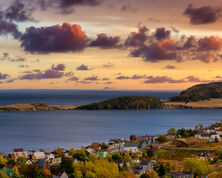

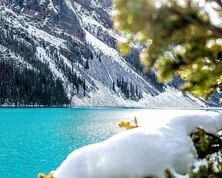
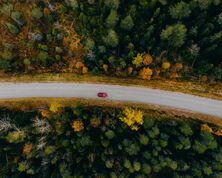
Peter Stannett
Content Writer
Peter is our content writer and SEO specialist, helping keep our content current and monitoring website traffic.
His content covers all four corners of the globe, across topics like activities, advice, food, culture and history.
More by Peter Stannett